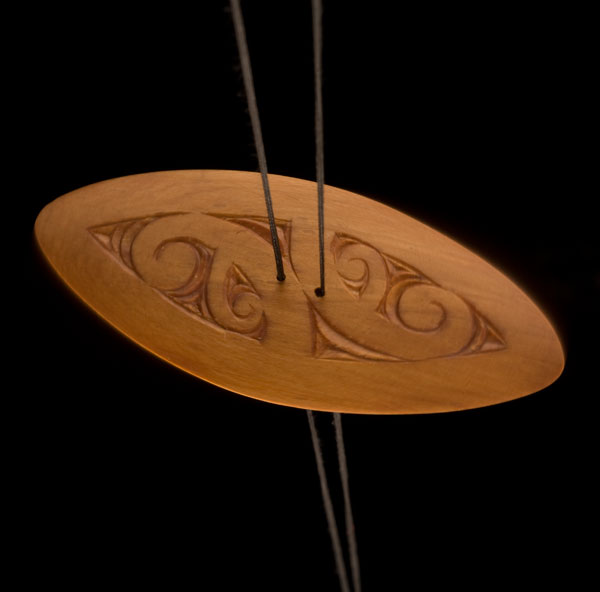
Porotiti
The porotiti is a humming disc, made of different shapes with a cord looped through two holes in the centre.

The porotiti is a humming disc, made of different shapes with a cord looped through two holes in the centre.
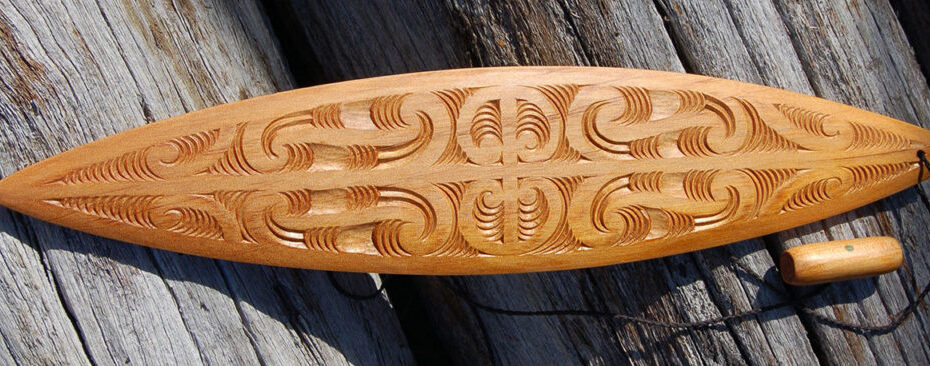
The pūrerehu, or rangorango (named after its buzzing sound like that of the rango or blowfly) is a bullroarer.
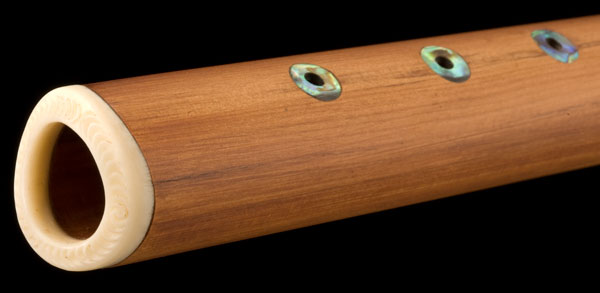
Pōrutu are long Kōauau with finger holes near the bottom end giving them the ability to jump between two octaves.
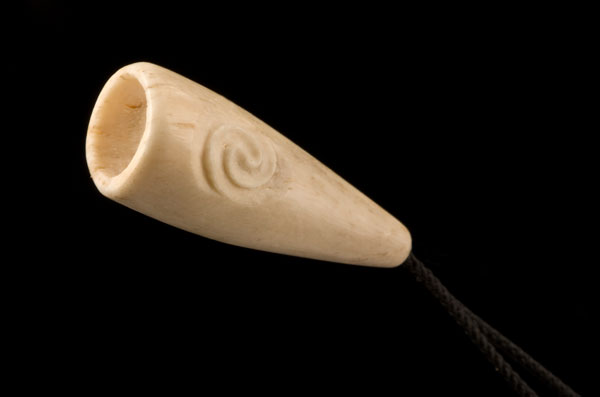
Karanga Manu (Stone and Bone) or koauau putangitangi are bird calling flutes. By placing pursed lips at the correct angle the player is able to mimic several kinds of bird calls. As an added attraction a karanga manu can be worn as a very special ethnic pendant.
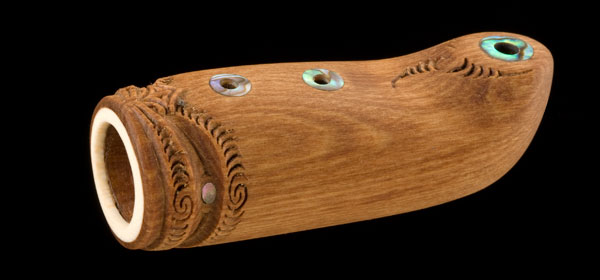
This small instrument (8 to 10 cm) is curved at one end, because originally this flute was made out of a whale tooth. It can also be made out of wood, stone, clay. It has one open end like the koauau and one small opening at the curved end. It has 2 to 4 fingerholes.
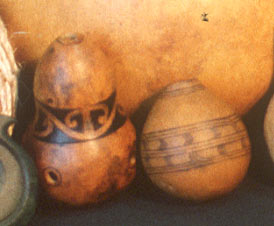
This is globular flute played with the nose. It is made from the hue/gourd.
Small gourd with top removed and two small holes. Blowing across the top with one nostril produces flute-like sound. This has a sweet sound.
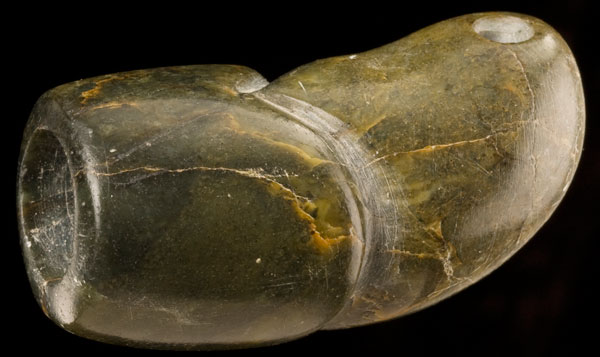
Karanga Weka can be played as melodic instruments or used to produce a weka call.
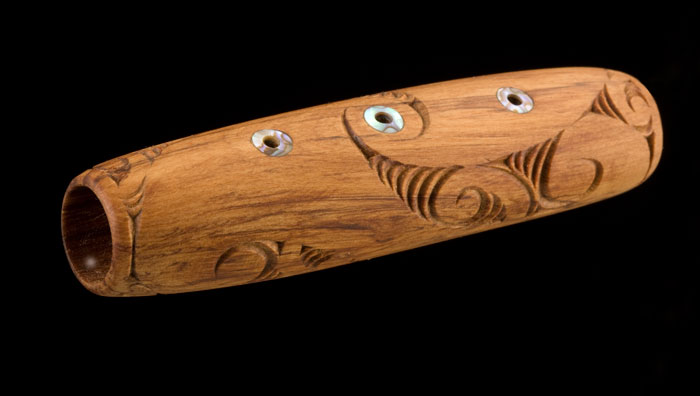
Kōauau are the most common of all the traditional flutes. Hine Raukatauri (the case moth) is the atua (goddess) / kaitiaki (gaurdian) of the Kōauau. Kōauau are usually made from wood, bone or stone and vary in length but an average one is about 150mm long.

The Pūtōrino is unique in that it functions both as a trumpet (the kokiri o te tane /male voice) and as a flute (the waiata o te hine / female voice) and is also employed as a conduit for the voice when sung into.
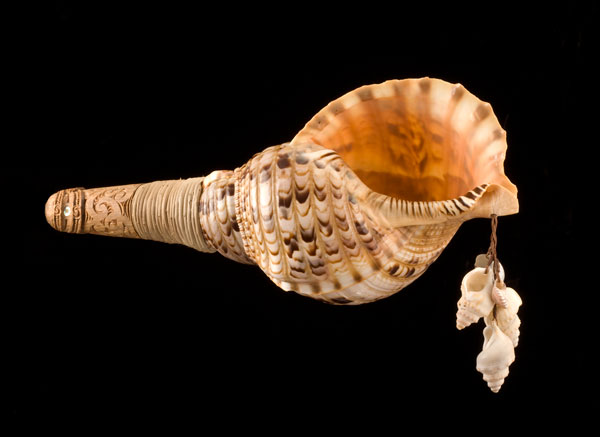
Pūtātara, conch shell trumpet. In less recent time these instruments have had a variety of roles from signalling to ceremonial and ritual use.